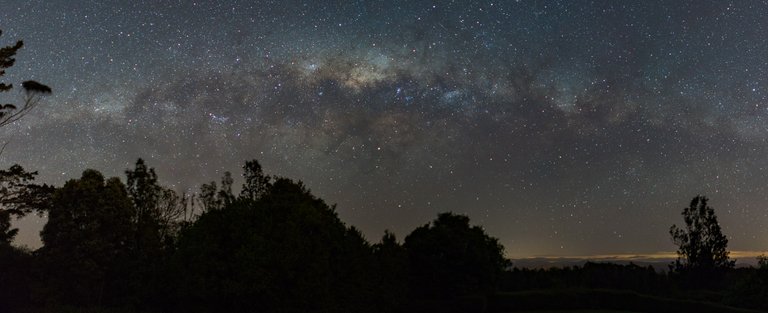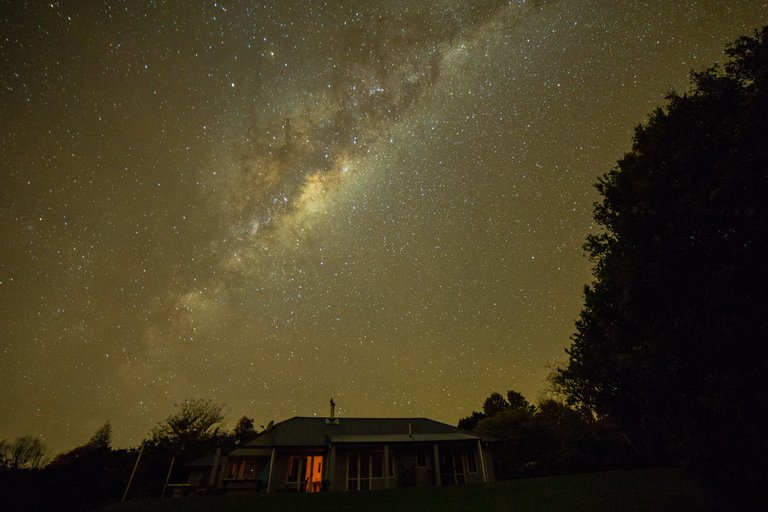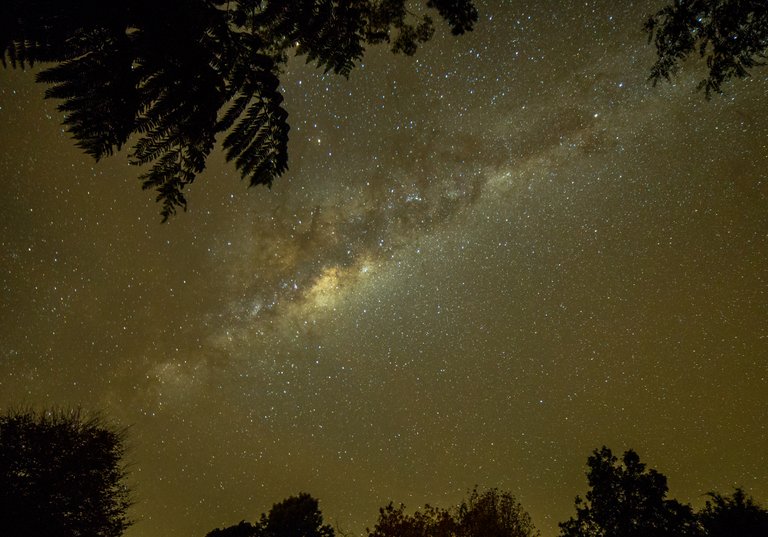I think every photographer has pointed their camera towards the stars in hope of capturing that perfectly sharp milky way... But once they get back to their computer and upload the images they find that their image is soft, blurry or just not bright enough.
I myself have done this a lot and still to this day have trouble capturing the milky way, so I thought I would put together a little check list or set of rules to make it easier for all you star lovers to achieve better results.

So this is what I have learnt over the past 3 years..
Camera - You will need a DSLR camera that uses interchangeable lenses and can be put into manual mode to handle high ISO of up to 6400. The best bang for your buck is the Canon 6D. This camera is under $1000 and is well known for its clear low noise capabilities. Well known Astrophotographers today still use this 5 year old camera!
Lens - You will need what is called a fast lens. This is a lens that has a low f number eg f1.2 - f2.8. This means you will be shooting at a wide open aperture allowing as much light as possible to enter the lens. You will also need this lens to be a wide angle lens eg 10mm-24mm. This allows you to capture the whole milky way. Samyang have 2 lenses that work well with Astrophotography, the 14mm f2.8 and the 24mm f1.4 match up well with the Canon 6D.
Tripod - You will need a sturdy tripod. This is a must when shooting the stars because you will be leaving the shutter open from anywhere between 10-30 seconds depending on what lens you have. So a slightly heavier tripod with 3 legs and maybe a hook under the centre will work well. The tripods with a hook work well as an anchor point to hook up something heavy like a bag or weight.

Now that you have a fair idea of what's needed to shoot the milky way can look at how to set up for the shoot!
First thing I will look at is location. I like to put other objects or structures in the foreground when shooting the milky way. A house or trees are great for this.
Where to focus. Some lenses really struggle to focus on stars so it is important to put your lens in manual focus and try to focus on the brightest star in the sky. I have found using the manual focus in the live view lcd mode is best for this and then zooming in on a star. You will find that the star will flicker once it is in focus.
500 Rule. Follow this rule and you won't get blurry stars that look like they have been dragged across your photo. All you have to do is divide 500 by the focal length of your lens, so if i am using a 14mm lens... 500/14= 35 so i can have my shutter open for around 35 seconds before you will see star trails. So now I know a 30 second shutter will work fine I can look at the other settings.
Settings. The only way to capture the milky way is to be in manual mode (M on the dial for most cameras) this allows you to take full control of the camera and will give the best results. If I am using a 14mm 2.8 lens I will divide 500 by the focal length (14) = 35. Most cameras will only go as slow as a 30sec exposure so this works fine at 30 seconds. I normally shoot wide open so I don't have to push the iso on my DSLR's this means my Aperture will be f2.8. Now all that is left is my ISO.. Now this can be tricky depending on what camera you have and how well it handles noise. The Canon 6D and Sony A7r2 handle noise really well so I am able to push the ISO right up until 6400. But generally I like too shoot no more than 4000. Otherwise it gets a little noisey/grainy. So you Will have to do a little trial and error and take a few shoots at different ISO's to see what works best for your DSLR.
Post Processing. I always shot RAW and if you want to capture the milky way it is best to shoot RAW and edit your photos in post. I suggest you do a free trial with Adobe Lightroom and follow some youtube tutorials for a detailed step by step introduction.

Conclusion. Do yourself a favour and purchase a nice DSLR camera along with a fast wide angle lens. You will not only use it for Astrophotographer but for landscapes and travel too. Jump on youtube and find a few milky way tutorials using similar gear to you and get out there on those clear nights to really see how small you are amongst this massive universe =)
Don't forget to share with me your pics and thoughts on Astrophotography and what gear you shoot with and where!
they are smashing! I think they even might be better to be able to set them full screen. But I would lose my self in it :-)
Thank you! Just take a look outside on a clear night and that will be full screen ;)
Wow great pictures and super informative post! I will follow you to see more tips about photography and I will definitely try this, thank you! :D
Cheers! Get out there and find that Milky Way :)